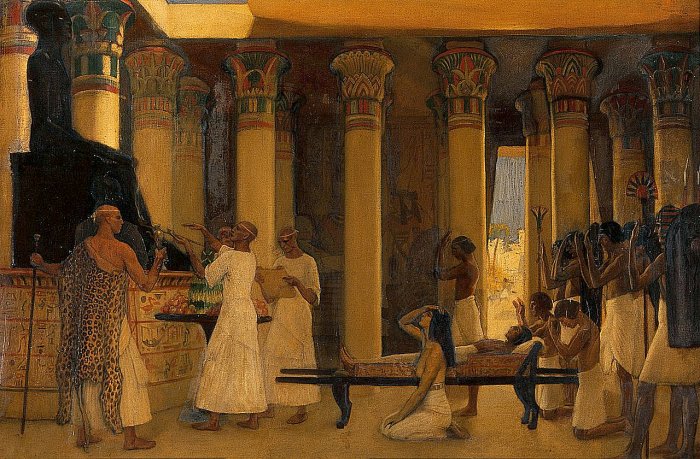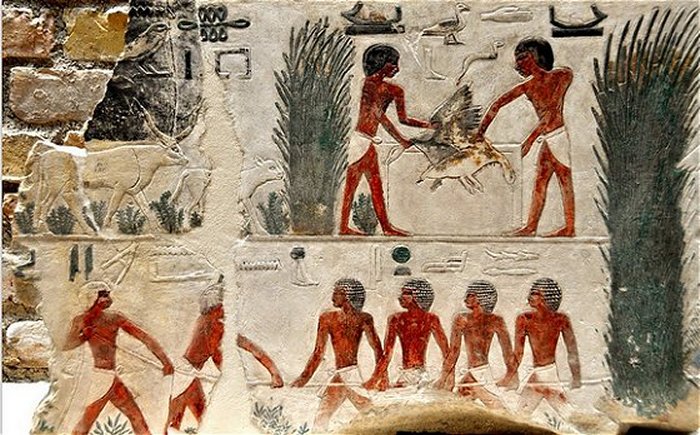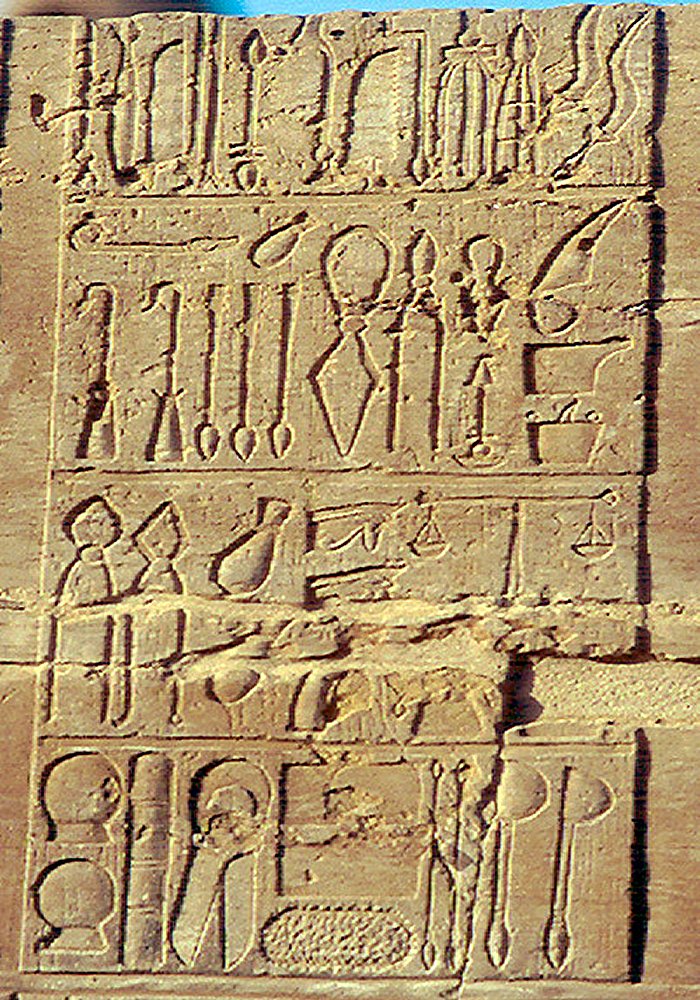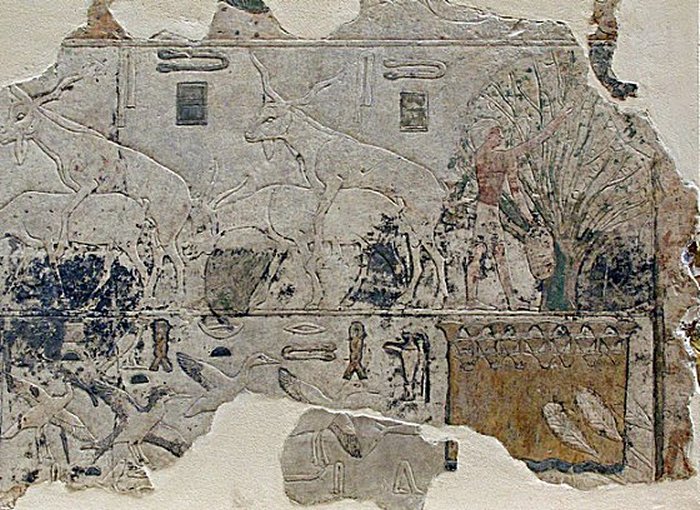Egyptians Mastered Medicine Thousands Of Years Ago
A. Sutherland - AncientPages.com - Civilization in Ancient Egypt means tombs, pyramids, and all aspects of human life. Prehistoric physicians in Egypt had an impressive knowledge of the human body, its inner workings, and the treatment of illness and disease.
An invocation to I-em-hetep, the Egyptian deity of medicine. Oil painting by Ernest Board. Image credit: wellcomecollection.org
Egyptian medical papyri documented many diagnostics and medical achievements we still use today.
The Egyptians' medicine reached a very high standard, spreading its reputation to neighboring countries.
Complementary medicine, like herbal medicine, played a key role in society. Ancient Egyptian scrolls document natural herbs and holistic medicine that saved lives and cured disease.
Proof comes from burial sites, tombs, and underground temples where archeologists have found extensive sets of medical documents and scrolls, including the Ebers Papyrus, the Edwin Smith Papyrus, the Hearst Papyrus, and the London Medical Papyrus, which contained the earliest documented awareness of tumors.
The Ebers Papyrus is the most famous plant-medicine "encyclopedia". It is a 110-page scroll that is about 20 meters long.
Egyptians consumed raw garlic and onions for endurance and to heal asthma and bronchial-pulmonary issues. Many of their herbs were steeped in wine and used as oral medicine.
These were natural herbs, untainted by pesticides, herbicides, insecticides, or fluoridated water.
The Egyptians documented using myrrh, frankincense, fennel, cassia, thyme, juniper, and aloe. Fresh garlic cloves were peeled, mashed, and macerated in vinegar and water and used as a rinse for sore throats and toothaches.
They knew about the healing powers of honey. The first official recognition of the importance of honey dates back to the first Egyptian Dynasty and the "Sealer of the Honey."
In Niuserre's Sun temple, beekeepers are shown in hieroglyphics blowing smoke into hives as they remove honeycombs.
Herbal medicine was mastered thousands of years ago.
Inscription detailing ancient Egyptian medical instruments, including bone saws, suction cups, knives and scalpels, retractors, scales, lances, chisels and dental tools.
Image credit: Jeff Dahl - CC BY-SA 2.5 DEED
The honey was immediately jarred and sealed and could, therefore, be kept for years, and it was used to produce medicines and ointments. They even used it as a natural antibiotic. The mainland for bee-keeping was in Lower Egypt, where extensive irrigation fed thousands of flowering plants. The bee was chosen as a symbol for the country, and the gods were associated with the bee.
One pharaoh's title was Bee King, and his Royal archers protected the bees like they were his holy temple. The temples were homes for the bees to satisfy the gods' desires.
Canaan was called the "Land of Milk and Honey" in the Hebrew tradition.
Egyptian medicine is some of the oldest ever documented. From the 33rd century BC until the Persian invasion in 525 BC, Egyptian medical practice remained consistent in its highly advanced methods for the time.
Homer even wrote in the Odyssey: "In Egypt, the men are more skilled in medicine than any of humankind," and "The Egyptians were skilled in medicine more than any other art."
The papyrus contains a "treatise on the heart," which recognizes the heart as the center of the blood supply, with vessels attached.
Even mental disorders, depression, and dementia were detailed in one of the chapters. The Egyptians were treating intestinal disease and parasites, eye and skin problems, abscesses, and tumors. Remedies from the ancient Ebers Papyrus scrolls:
o Aloe vera was used to alleviate burns, ulcers, skin diseases, and allergies
o Basil was written up as a heart medicine
o Balsam Apple (Apple of Jerusalem) was used as a laxative and as a liver stimulant
o Bayberry was prescribed for diarrhea, ulcers, and hemorrhoids
o Caraway soothed digestion and was a breath freshener
o Colchicum (citrullus colocynthus or meadow saffron) soothed rheumatism and reduced swelling
o Dill was recognized for laxative and diuretic properties
o Fenugreek was prescribed for respiratory disorders and to cleanse the stomach and calm the liver and pancreas
o frankincense was used for throat and larynx infections and to stop bleeding and vomiting
o garlic was given to the Hebrew enslaved people daily to give them vitality and strength for building the pyramids
o Licorice was utilized as a mild laxative to expel phlegm and alleviate chest and respiratory problems
o Onion was taken to prevent colds and to address cardiovascular problems (How did they know?)
o Parsley was prescribed as a diuretic
o thyme was given as a pain reliever and Tumeric for open wounds
o Poppy was used for relieving insomnia, as an anesthetic, and to deaden the pain
o Coriander was taken as a tea for urinary complaints, including cystitis
o Pomegranate root was strained with water and drunk to address "snakes of the belly" (tapeworms). The alkaloids contained in pomegranate paralyzed the worms' nervous system, and they relinquished their hold.
o Persian henna was used against hair loss. The disease was not uncommon in Ancient Egypt. There were many skin afflictions and parasites from the Nile River waters. Worms and tuberculosis were common, sometimes transmitted from cattle. Pneumonia struck people who breathed too much sand into their lungs during sand storms.
Updated on December 16, 2023
Copyright © AncientPages.com All rights reserved. This material may not be published, broadcast, rewritten or redistributed in whole or part without the express written permission of AncientPages.com
Expand for referencesSandison, A.T. "Diseases in Ancient Egypt"
More From Ancient Pages
-
 Mysterious Disappearance Of King Aegeus Of Athens After His Wedding
Featured Stories | Aug 1, 2022
Mysterious Disappearance Of King Aegeus Of Athens After His Wedding
Featured Stories | Aug 1, 2022 -
 Mysterious Stone Age Cemetery Found Near The Arctic – Why Are The Graves Empty?
Archaeology | Dec 4, 2023
Mysterious Stone Age Cemetery Found Near The Arctic – Why Are The Graves Empty?
Archaeology | Dec 4, 2023 -
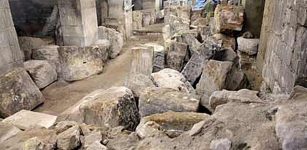 Archaeologists Excavate Two Roman Bath Hidden In A Dark Passage Below The Streets Of Bath
Archaeology | Apr 26, 2016
Archaeologists Excavate Two Roman Bath Hidden In A Dark Passage Below The Streets Of Bath
Archaeology | Apr 26, 2016 -
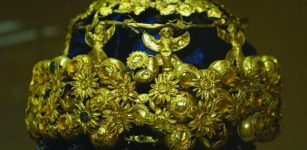 Long-Lost Mesopotamian Queen Hama Discovered By Student Just By Reading Books
Archaeology | Feb 14, 2019
Long-Lost Mesopotamian Queen Hama Discovered By Student Just By Reading Books
Archaeology | Feb 14, 2019 -
 World Map Of Neanderthal And Denisovan DNA In Modern Humans
DNA | Apr 13, 2023
World Map Of Neanderthal And Denisovan DNA In Modern Humans
DNA | Apr 13, 2023 -
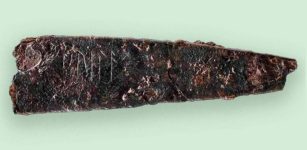 2,000-Year-Old Knife With Denmark’s Oldest Runes Found On Funen
Artifacts | Jan 22, 2024
2,000-Year-Old Knife With Denmark’s Oldest Runes Found On Funen
Artifacts | Jan 22, 2024 -
 Unearthing South Australia’s Oldest Known Shipwreck: The Bark South Australian (1837)
Archaeology | Aug 16, 2023
Unearthing South Australia’s Oldest Known Shipwreck: The Bark South Australian (1837)
Archaeology | Aug 16, 2023 -
 ‘Reforms of Shang Yang’ – Location Of Ancient Yueyang – Confirmed
Archaeology | Jan 25, 2016
‘Reforms of Shang Yang’ – Location Of Ancient Yueyang – Confirmed
Archaeology | Jan 25, 2016 -
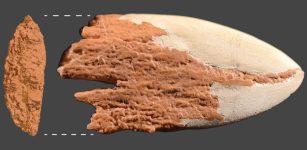 Evidence Oldest Bone Spear Point In The Americas Is 13,900 Years Old
Archaeology | Feb 3, 2023
Evidence Oldest Bone Spear Point In The Americas Is 13,900 Years Old
Archaeology | Feb 3, 2023 -
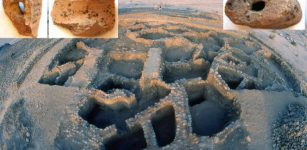 Magnetic Field From 9,000 Years Ago Teach Us About The Magnetic Field Today
Archaeology | Aug 17, 2021
Magnetic Field From 9,000 Years Ago Teach Us About The Magnetic Field Today
Archaeology | Aug 17, 2021 -
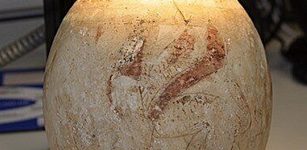 5,000-Year-Old Mystery: Decoration Of Eggs Predates Our Easter Tradition
Archaeology | Apr 9, 2020
5,000-Year-Old Mystery: Decoration Of Eggs Predates Our Easter Tradition
Archaeology | Apr 9, 2020 -
 DNA From Doggerland That Separates The UK From Europe – New Study
Archaeology | Jul 20, 2020
DNA From Doggerland That Separates The UK From Europe – New Study
Archaeology | Jul 20, 2020 -
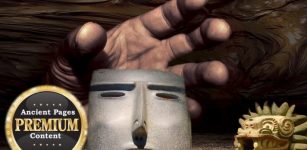 Untold Story Of Mexico’s Ancient Giant Indians – Secret Knowledge Of The Aztecs Revealed – Part 1
Featured Stories | Sep 21, 2019
Untold Story Of Mexico’s Ancient Giant Indians – Secret Knowledge Of The Aztecs Revealed – Part 1
Featured Stories | Sep 21, 2019 -
 Achaemenid Empire Was The World’s Largest Ancient Empire
Featured Stories | May 24, 2021
Achaemenid Empire Was The World’s Largest Ancient Empire
Featured Stories | May 24, 2021 -
 DNA Sheds Light On Ancient History Of Dogs All The Way To The Ice Age
Archaeology | Oct 30, 2020
DNA Sheds Light On Ancient History Of Dogs All The Way To The Ice Age
Archaeology | Oct 30, 2020 -
 Chilling Story Of Glamr Who Became A Draugr, A Living Dead – Scary Yule Haunting
Christmas Traditions | Dec 7, 2021
Chilling Story Of Glamr Who Became A Draugr, A Living Dead – Scary Yule Haunting
Christmas Traditions | Dec 7, 2021 -
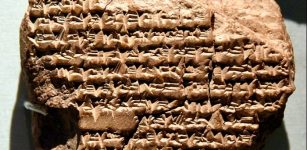 On This Day In History: Battle Of Gaugamela – Alexander The Great Defeats Darius III Of Persia – On Oct 1, 331 BC
News | Oct 1, 2016
On This Day In History: Battle Of Gaugamela – Alexander The Great Defeats Darius III Of Persia – On Oct 1, 331 BC
News | Oct 1, 2016 -
 Evidence Of Biblical Kingdom Of Edom In Arava Desert – Discovered
Archaeology | Sep 23, 2019
Evidence Of Biblical Kingdom Of Edom In Arava Desert – Discovered
Archaeology | Sep 23, 2019 -
 Excavation Of A Mysterious 5,000-Year-Old Tomb Linked To King Arthur Has Started
Archaeology | Jul 5, 2022
Excavation Of A Mysterious 5,000-Year-Old Tomb Linked To King Arthur Has Started
Archaeology | Jul 5, 2022 -
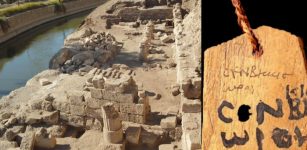 Ancient Egyptian Temple, 30 Mummy Cards, 85 Tombs And Surveillance Points From The Era Of Ptolemy IIIs Discovered In Sohag
Archaeology | May 5, 2022
Ancient Egyptian Temple, 30 Mummy Cards, 85 Tombs And Surveillance Points From The Era Of Ptolemy IIIs Discovered In Sohag
Archaeology | May 5, 2022

